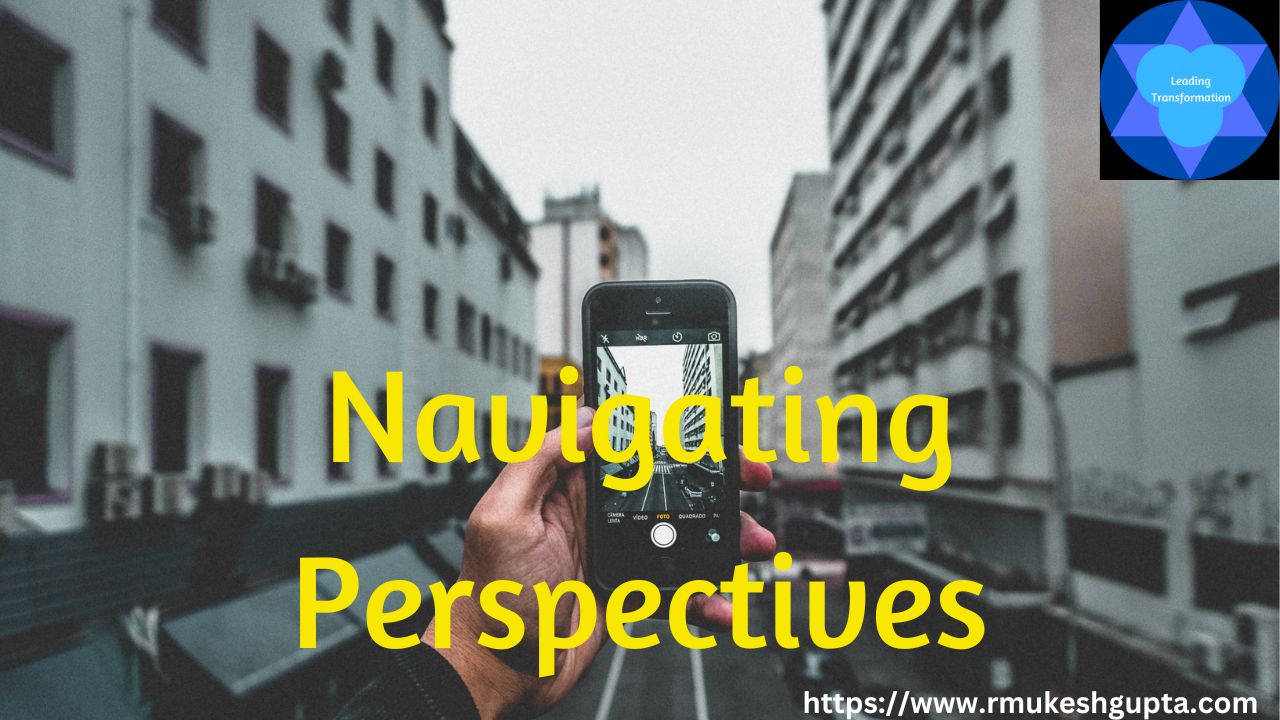Let me share a story with you…
The story of three donkeys, their master and a wise man!
Once upon a time, a long time ago, there was a young man who lived in a small village. He owned three donkeys and used them to carry loads for people. One fine day, he was walking along a river towards his destination. The sun was at its peak and it was extremely hot. The cool river water was tempting. He decided that he wanted to take a bath in the cool river water.
So, he started tying up his donkey’s to his tree and realized that he only had rope enough to tie two of his three donkeys. Of course, he cant leave the third donkey untied as it might wander away. So, he was perplexed.
When he looked around, he saw an old man (who looked wise) sitting under a banyan tree.
So, he walked over to the old man and asked “Dear old man, would you happen to have a rope that I can borrow.”
The old man said, “I don’t have a rope but maybe I can help. What do you want the rope for?”
“It is so hot right now and I have been walking for sometime in this heat. I would like to take a dip in the cool river before I continue my journey. I have with me three donkeys. I have enough rope to tie two of them to a tree but unfortunately, I don’t have rope now to tie the third donkey. Now, I cant leave it untied as it might wander off and I cant afford that to happen. Hence, I wanted another rope so that I can tie the donkey and go for a dip in the river”.
“This is easy,” said the old man. “Just do the act of tying up the third donkey. Do everything you did to tie the other two donkeys and go for a dip in the river. Your donkey will not go anywhere”.
“Really?” asked the young man.
“Believe me and do it” said the old man.
The young man walked away and decided to try what the old man asked him to do. He tied the third donkey with a virtual rope and went to take a dip in the river. He was apprehensive but still decided that the old man seemed wise and so decided to trust him.
When he came back from taking a bath, to his surprise and joy, he found that all the three donkeys were still there. So, he untied the two donkey’s and moved them. However, the third donkey did not move at all. He tried pushing, prodding and it didn’t budge.
So, he went back to the old man and asked “The donkey that I tied as you requested me to is not moving at all. It is stuck. Can you pls help?”.
The old man asked him in return “Did you untie your donkey?”
The young man realized that he hadn’t. So, he went back and untied the virtual rope and the donkey started to move again.
The young man thanked the old man and went ahead towards his final destination happy and having learnt some very important lessons.
———————————————————
This story has a lot of important lessons contained in it for every one of us including businesses.
Here are a few that I take away from this story:
Lesson 1: Constraints are omni-present:
We will always have constraints. Just like the young man had three donkey but rope only to tie two of them, we will always have more work to do, more products to bring to market, more customers to bring in, and less than enough resources to accomplish that.
Lesson 2: Resources are all around us:
There are always more resources that are available to us than we think we have. In this case, the old man was a resource that the young man used to solve his problem. We should always keep our eyes open to explore for potential resources that we can use in our lives and businesses. Most of the time, these resources might not look like resources, but can be used as one. We are better off constantly looking at things around us and imagine how we can use what is available to us as a resource.
Just like an invisible rope, there are always resources that we might not be able to see, touch or feel but can intuite and create out of thin air, if we are creative enough and understand the true nature of the problem that we are trying to solve.
Lesson 3: Asking for what we truly need:
Most of us never learn about how to ask for what we truly need. Just like the young man asked for a rope, thinking that is what he truly wants, most of us, most of the times, tend to ask for something very specific that might solve the problem that we are trying to solve and not ask for the true help that we need (not allow the donkey to wander, while i go take a dip in the river).
If we rephrase the problem this way, suddenly there are many more solutions that open up. The young man could have just asked the old man to look over his donkeys or the old man could have offered that. There could have been other options that could have opened up. Maybe the young man took the third donkey with him to the river and gave it a bath as well.. You get the point.
Lesson 4: Staying curious:
In the story, the old man could have just said “No, I don’t have the rope” and stopped. That is what most of us do, most of the time. We don’t try to truly understand the real issue.
If you are a sales executive, this could mean that you are giving your customers what they are asking for instead of what they actually need. If we were curious enough to find out what our customers want the product or service that they are asking for, we might have a better chance at truly helping them.
If you have ever had an argument with your spouse, you know this. The argument, most of the time is not about the thing about which you are arguing about. It is almost always about something much deeper. WE need to build the ability to stay curious and dig deeper to find out the real issue.
Lesson 5: Understanding behavior:
One of the crucial skills we will start developing once we are getting more curious and start observing behavior around us, is our ability to not only understand behavior but also the ability to predict behavior.
The old man knew that the very act of tying a rope was sufficient for the donkey to perceive having been tied. This is also true of human behavior.
Happy and successful people understand how people and systems behave intuitively. This is a skill that we can train for and develop. I did write about this in a post about adult learning. This allows us to allow our creativity to run wild and come up with interesting solutions to the problems that we are trying to solve.
Lesson 6: What is our imaginary rope (Limiting Belief):
Just like the donkey thought that it was being tied up, even though there was no rope, every one of us thinks we are tied up with a real rope. These are constraints and negative self-talk that we have built up over the year. It could be that you think you can’t draw since your 1st grade teacher told you that you don’t have the artistic bend or you don’t run as you were made fun of when you were a kid about your running or as in my case, I am afraid of water, so will not go out for a swim.
Every organization also has their own limiting beliefs. This could be that we are not good at marketing or that we need a lot of money to compete with larger players and since we don’t have that kind of money, lets limit our scope of work to only compete with our peers of the same size or we can’t hire great talent as all of them are hired by the Google’s and FaceBook’s of the world. WE cant compete with them for talent or any other limiting belief.
As long as we continue to believe in our own limiting belief, that is the reality that we are creating for ourselves. The moment we believe that this was only a belief and that beleifs can be changed, we have the potential to build a new belief, one that could help us break the shakkles currently, until this becomes a limiting belief. This is a continuous cycle. We need to continue to identify our limiting beliefs and keep changing them, one at a time.
Lesson 7: The power of intention and follow-up:
In the story, it was hot and humid and the young man could have continued to complain of the weather and kept moving towards his destination. Instead, he decided that he would like some change. He would want to make it a bit more pleasant. Then he took action – tied his donkeys and went out and sought help to address a problem, instead of just wishing and not doing anything about it.
So it is with our personal lives and businesses. Every thing starts with an intent. Someone, somewhere decides that the status quo is not helping and that something needs to change. And the person or the business which is able to not just have the intent/idea but is willing to act on it and follow-through are the one’s that make history, one way or the other.
In Conclusion:
There is a kernel of learning in every day stories around us. It is upto us to look for these learnings and continue to challenge ourselves and our businesses so that we can continue to learn and evolve. Anything stagnant in nature rots. That is how it is with humans and businesses. We cant stay stagnant. We need to continue to learn, get stronger and evolve. That is the only way to survive and thrive…
Is there a lesson in the story that I missed? Would love to hear about that… Pls share this as a comment here so we can learn from your experience as well.




